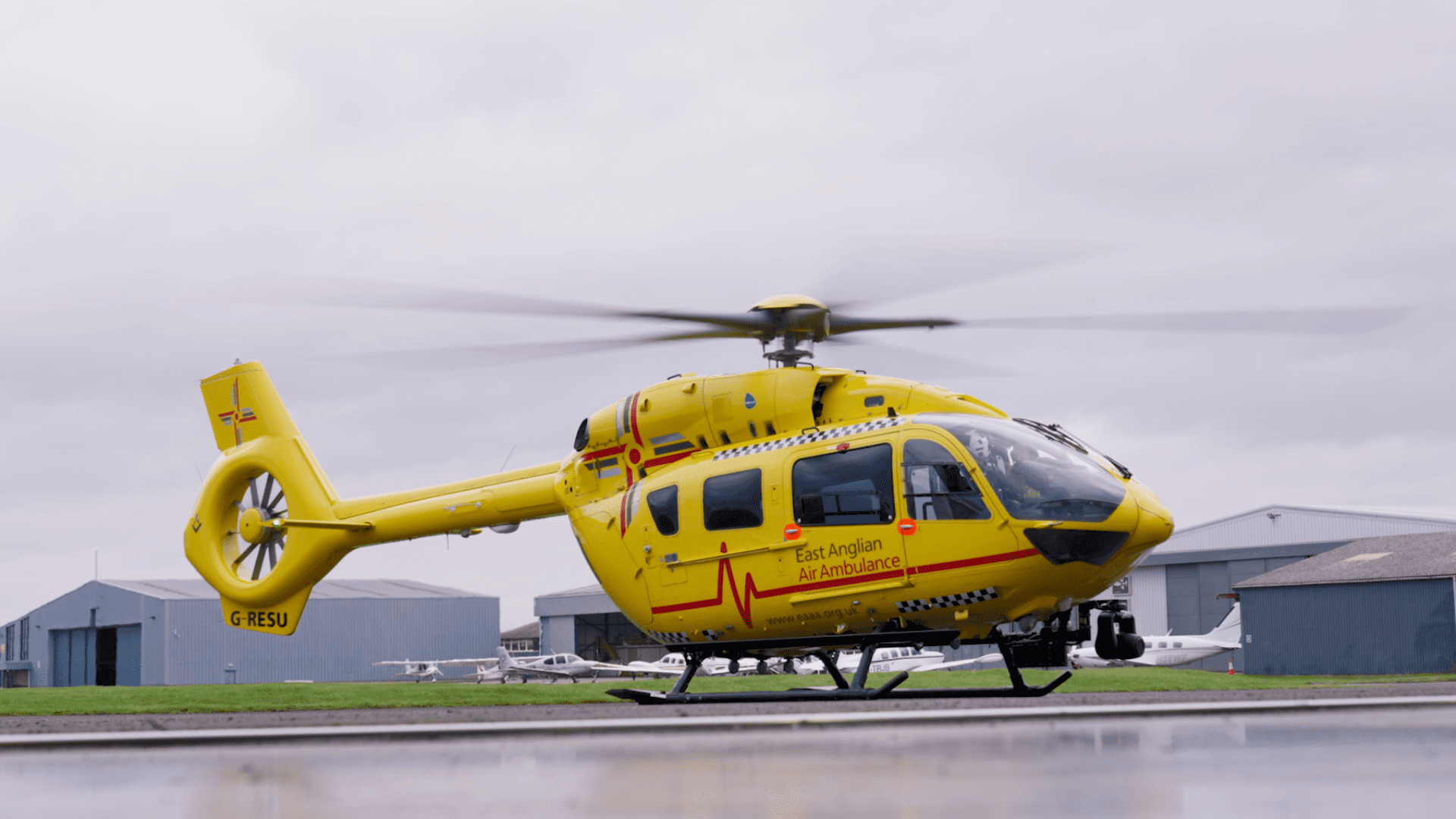Other emergencies
The crew will support the ambulance service with a variety of life-threatening illnesses and injuries where the advanced skills, medication and interventions of EAAA could make a significant difference to a patient.
EAAA are not usually the first on scene, therefore the crew will receive a handover from our ambulance service colleagues, before completing their own full assessment. Where possible, the crew will also talk to family members to help gain an understanding of the patient’s history.
The treatment and care provided will depend on the nature of the patient’s illness, injury and condition but, in many cases, the crew will focus on organ support, such as protecting the brain.
The crew will also make clinical decisions about getting the patient to right destination hospital for their specialist care. For example, if plastic surgery is likely to be required, that will be factored in when considering the hospital. They will also make a decision on whether it is best for the patient to be transferred by air or land ambulance.
The wide variety of other emergencies often attended by the EAAA crew includes (but is not limited to):
Equestrian incidents
EAAA serves a large equestrian community, particularly in rural areas and around the town of Newmarket. We attended 31 people in 2023 involved in an equestrian incident. These tasks may involve traumatic injuries, including broken bones, damage to internal organs and/or internal bleeding.
The patient may require advanced pain relief and/or blood transfusions, which the EAAA crew can deliver at scene. These interventions can be vital in order for a patient to survive a transfer to hospital.
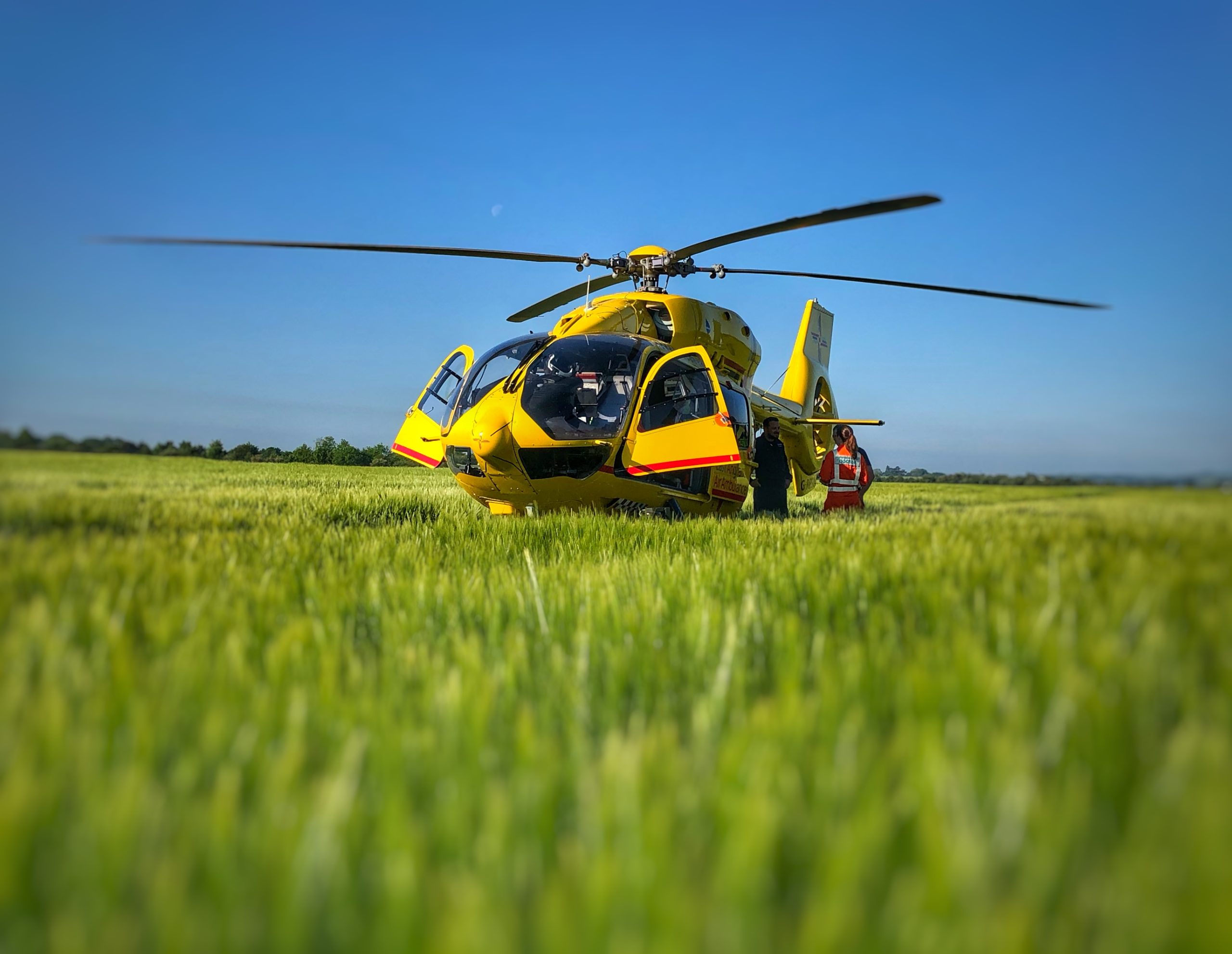
Sports injuries
The crews can attend a wide variety of sporting injuries in a range of environments. This could be trauma injuries from extreme sports, like kite surfing, on one of our local beaches to a football injury on a community pitch.
The crew brings advanced skills, medication and equipment to scene to, for example, manipulate serious fractures, medications to reduce the chances of infection, and can administer advanced pain to make patients more comfortable prior to a transfer to hospital for further treatment.
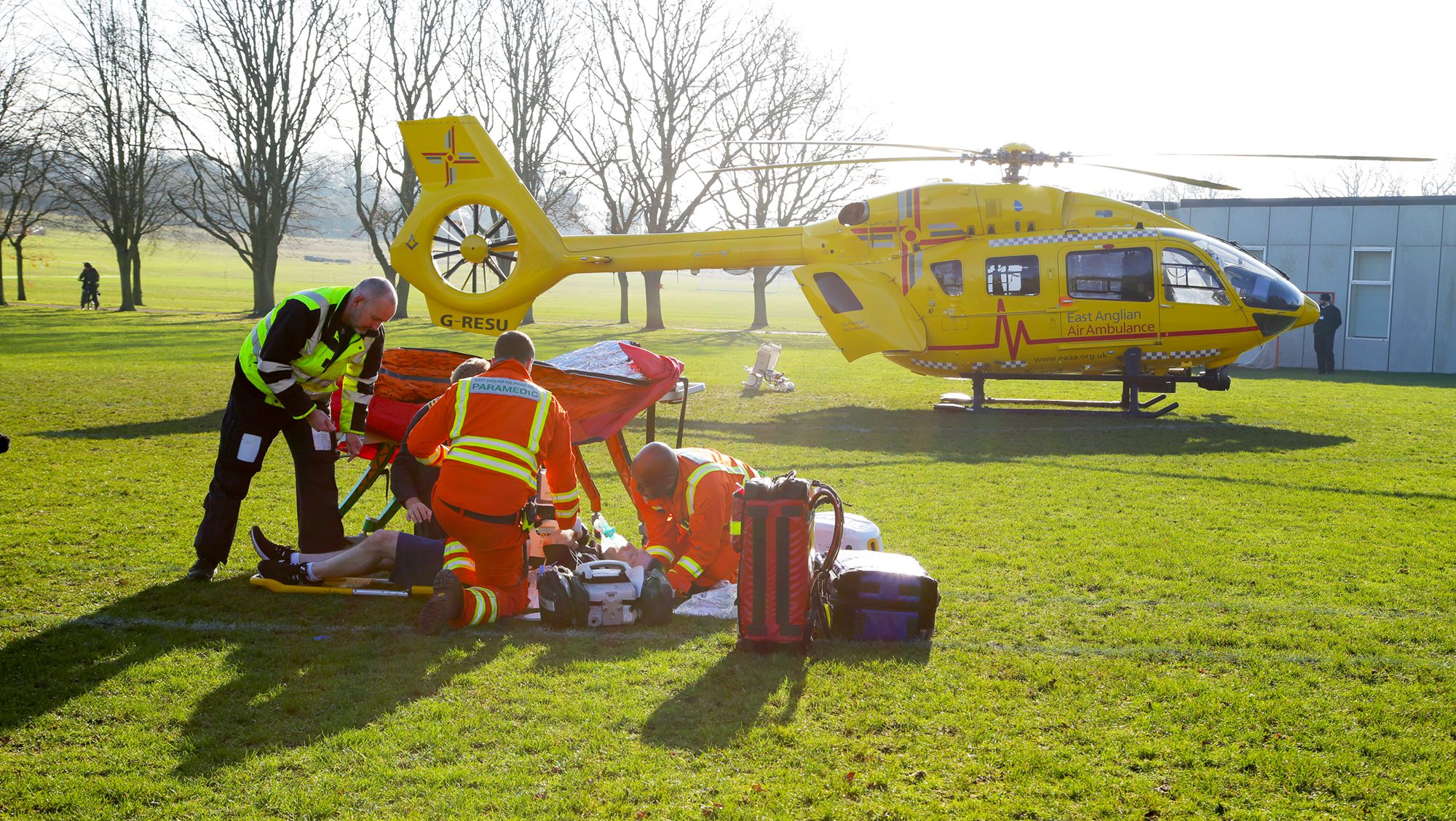
Falls
Our crews may attend people who have experienced a fall in a variety of environments, from a serious fall at home, work or in the community. The advanced skills, medication and equipment can stabilise patients and make them more comfortable, identifying and treating injuries at the earliest possible opportunity.
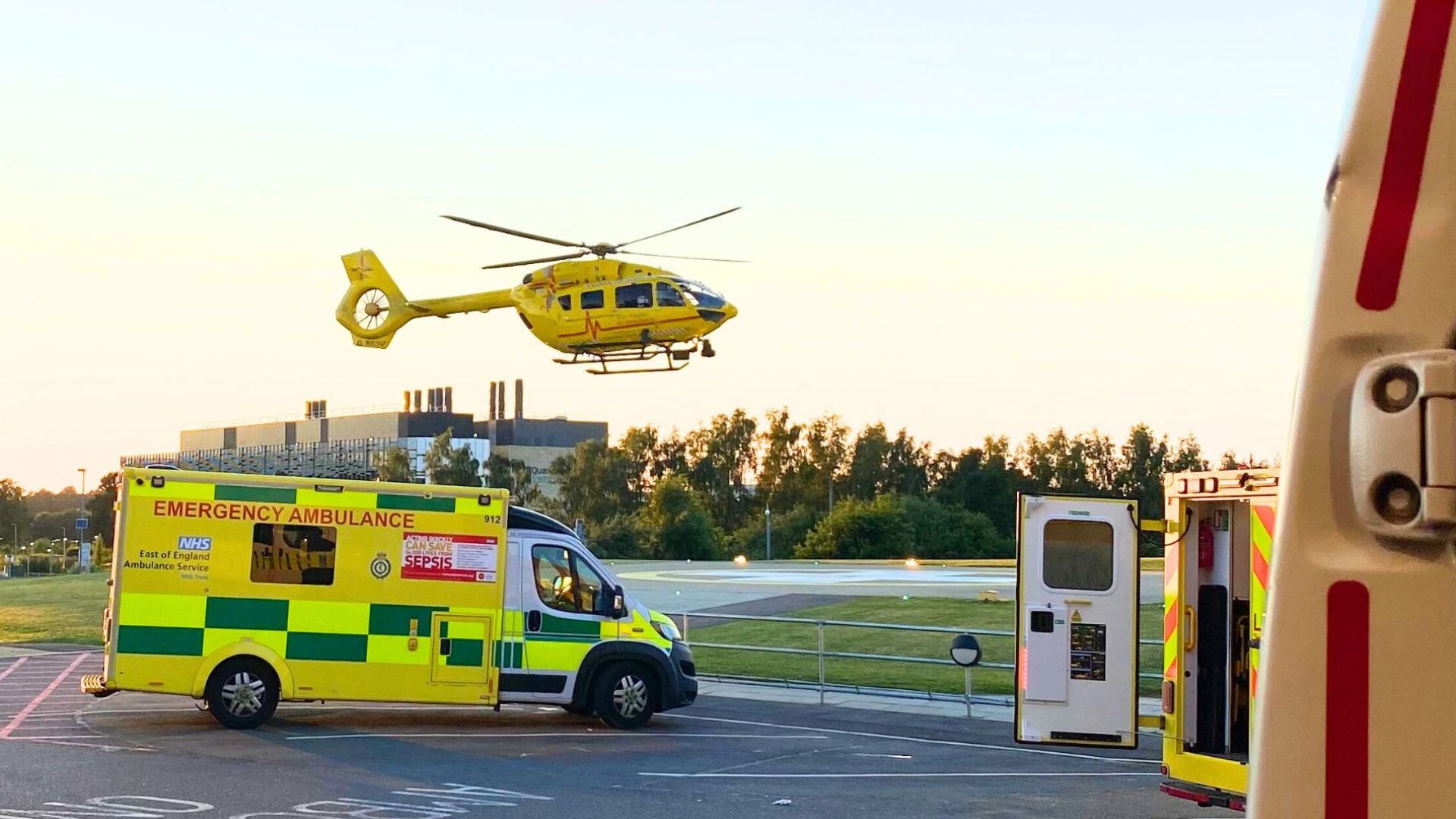
Accidental and traumatic injuries
EAAA critical care crews delivered enhanced care and treated over 1,000 trauma patients in 2023 in a variety of environments, for example industrial and agricultural. The provision of critical care in the pre-hospital setting gives people experiencing accidental and traumatic injuries the best chance of survival and recovery.
In the event of traumatic injuries, such as open fractures, the EAAA can administer additional pain relief and sedation, over and above what the ambulance service carry, to manipulate fractured bones back into alignment. We carry specialist temporary casts called ‘Benecast’ which act as splints and help to reduce a patient’s pain. In open fractures, the crew many also administer antibiotics.
EAAA also carries blood products on the helicopters and rapid response vehicles. This is for very unwell trauma patients with suspected major bleeding. While the crew can’t always stop the bleed (which could be internal or external) at scene, they can administer blood products to give the patient the best possible chance of reaching a hospital for surgery to stop the bleed.
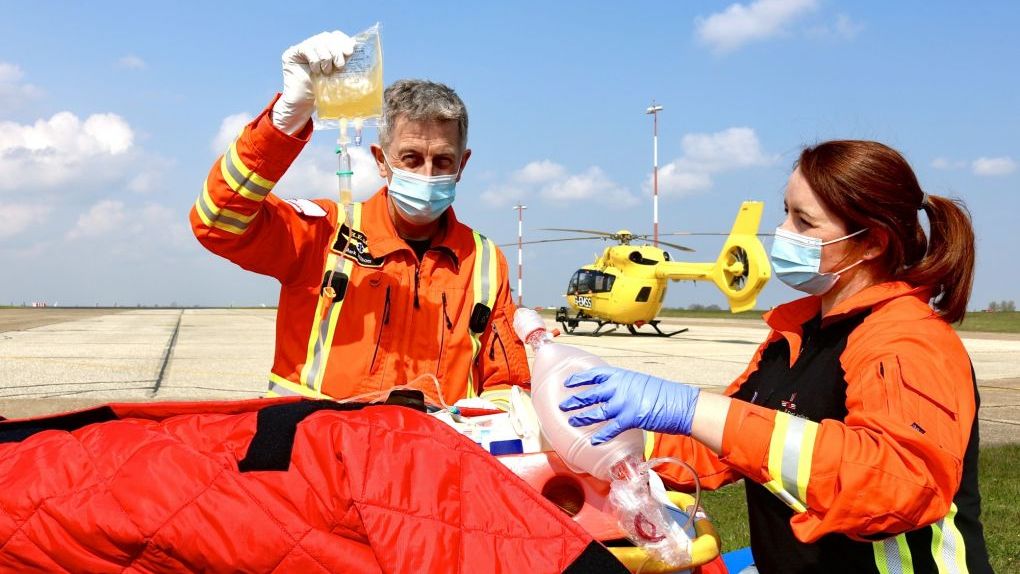
Infections and burns
The EAAA crew will sometimes also be tasked to life-threatening infections, such as time-critical sepsis. Advanced medication, such as strong antibiotics, administered by critical care clinicians and a quick transfer to hospital can make the difference between life or death.
In some cases, it may be necessary for the crew to deliver a pre-hospital emergency anaesthetic. This helps support a patient’s vital organs during a transfer to hospital.
With severe burn injuries the crew may administer advanced pain relief, or a pre-hospital emergency anaesthetic before transferring to the most appropriate hospital.
